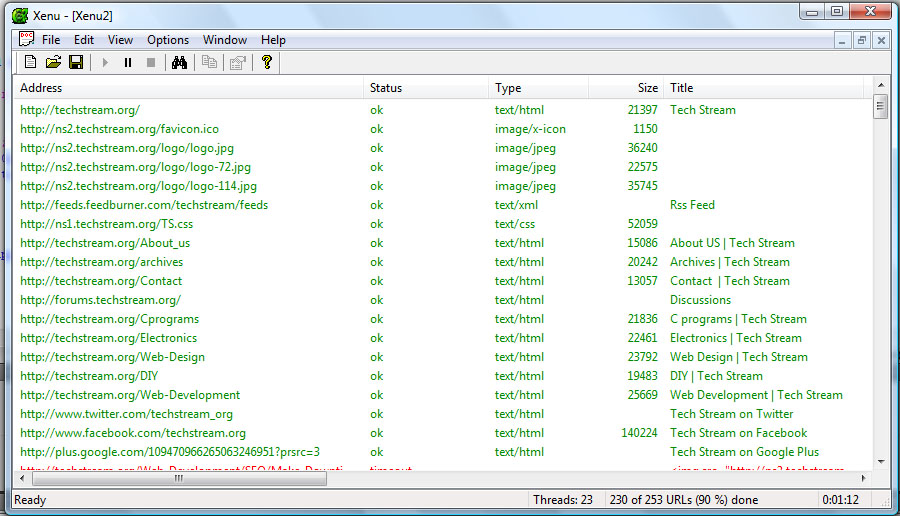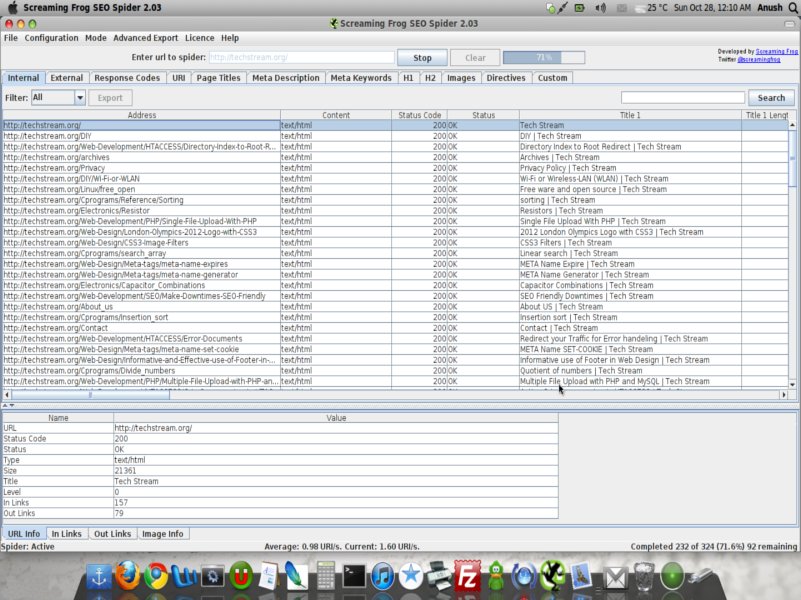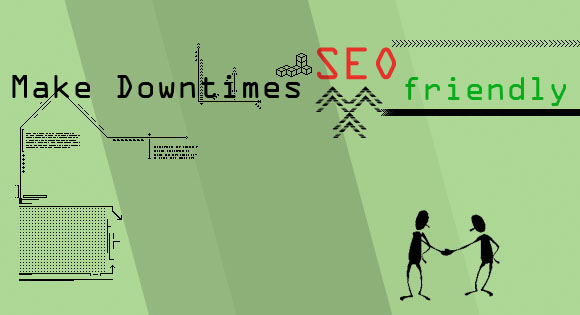Problems with 404 Pages

Image credit:National Geographic Россия�
Among the list of errors on the web 404 error is the most common and frequent error that you can find and it can happen to every one, if you have a website with more than a single page the it can be guaranteed that you will get a 404 for sure.
Let’s have a look at 404 errors is, what it’s not, and problems it can pose to your site.
What Is 404 Error?
404 is the error code for requested file not found, it can be any thing from images to web pages, if a requested file is not find a web server responds with a 404. It happen due to quiet a large number of ways, it can be the user who creates a problem by linking to a page which does not exist or it can even be the web master who creates the same problem.
How To Find Out Whether You Have 404 Errors?
Before we can get stared we need to identifying that you have a 404. Luckily, there are few tools that can help you identify broken links without manual check.
Google webmaster tools
This would have been a major problem if Google web master tools weren’t here. With Google web master tools things are made easy, Google web master tools displays all the 404 links that points to your web site and its sources.
Google Webmaster Tools mentions the 404 pages and 404 types
Another way is to make a custom 404 error page with a counter in it to detect the source of the visitor but it cannot help you unless a user visit the page. So it’s recommended to stick with the tool from Internet Giant.
Xenu Link Sleuth
Xenu is a tool for Windows, Xenu has been around for years, and has many uses beyond finding broken back links. It’s easy to use and is the best price…free!
Xenu Link Sleuth analyzing Tech Stream
Xenu’s Link Sleuth (TM) checks Web sites for broken links. Link verification is done on “normal” links, images, frames, plug-ins, backgrounds, local image maps, style sheets, scripts and java applets. It displays a continuously updated list of URLs which you can sort by different criteria. A report can be produced at any time.
Screaming Frog
Screaming Frog SEO Spider is a powerful desktop program that gives you your entire site structure, metadata and other pieces of information, and you can also use it to spot your 404 errors while you’re slicing and dicing the data for other action items.
Screaming Frog with support for Linux and MAC OS it’s a great tool, But the free version has a lot of limitations including limited page analysis, with 99$/per it is an expensive tool, Which scares of the emerging developers.
Consequences of 404 Error
404 pages are a normal part of the web and are normally expected for a large website. Thus they are preferred over other errors.They DO NOT have any effect on how other content-filled pages perform in the search engine rankings.
But this dosen’t mean you should neglet it. It has the following consequences which can be drastic in some situations
- When a server returns a 404 code, the associated URL may drop in the search engine rankings for its relevant keywords and may be removed from the search engine’s index for ever if the error is not resolved.
- Sites with quiet a large number of 404 can slow down the Google crawl rate of the site, which increases time need to indexed for a new content and appear in the search results.
- PageRank, Authority and other metrics that the URLs have accumulated over time will be lost for ever, i.e it cannot not be passed back into the website, potentially impacting the ranking ability of pages throughout the website.
- Comming on to out main target The user, they need to make another decision and click through one more page before they get to their content or find that the content they searching for is not avalible in there, this can make a bad reputation about your website to them.
Negative Effects on Business Side
- Paying for click-through.
- Disappointed potential customers.
- Damage to existing relationships.
- Distroy the brand Value.
Solving the Error
From Web Master
There are 5 main mistakes that can make a page no longer available and show a 404 error, when the web master fail to notice it are:
- Technical error (not available)
- Page deleted.
- Page renamed (file).
- Page moved.
- Sitemap errors
Page moved or deleted can occurs frequently, you may wish to remove the content or rename the URL.
Content Removed
In most cases, developers or web master’s let their web-servers respond with a 404 code after the content is removed, it’s usual. There are two alternatives for this, the first is to do a permanent 301 redirect to other equivalent resource, and the second is to send a 410 Gone status which indicates the resource has been removed and it is permanent.
Sending a 410 status stop’s search engine spiders and other bots from continually requesting pages as they no longer exist, but in practise they may well also ignore a 410. But at least it’s worth a try.
header("HTTP/1.0 410 Gone");
Content URL Renamed or Moved
If you move the content from one URL to another, you can do a 301 permanent redirect to the desired page. Here are few reference articel for it:
- Redirect Traffic with PHP
- Redirect Your Traffic For Error Handling
- Redirect Your Traffic With .htaccess
Sitemap errors
Most Content Management Systems can create their own XML sitemap file and keep it updated. But if it’s manually created and uploaded , there is a chance to reference a non-existing page. To solve it just update that file and make a 301 redirect to related page for good measure! or just give it a permanent removed 410 status
By User
Users reach this particular error page not only because of web master but they them selves can generate a 404 error by:
- Type in wrong links
- Wrong link on other websites
- Outdated bookmark/favorite
- Page never existed and user uses URL by trial and error
- The most funniest reason, they Liked your 404 page
Solving problems caused by users are the most difficult as the web master will not have any idea about the error that the a user generated, but there are a few steps that can be implemented to minimize it.Following these relatively easy and inexpensive steps will keep customers on the site, will communicate solid service and customer orientation and will limit the damage tremendously:
- Show the 404 page in full design so users realize they have reached the right site.
- Show that it is an error page and explain what happened.
- Offer a contact form for immediate help.
- Integrate some script into the 404 to catch the requested URL, the referrer, time-stamp, etc and send this into a database or a unique email address where the web admin can sift through.
Mistype d URL’s
Mistype d URL can be any thing, the user can use lower case instead of upper or mix them up or they can even use hyphen instead of under score. But you can solve the problem up-to a limited extend by implementing the following methods.
- Function to convert Lower case or Upper Case URL to Desired one and make a 301 redirect.
- Replace Hyphen if you use Underscore or Vice-verse.
- Remove or Add a forward slash if you have it.
The above recommendations not only prevent 404 but it can also prevent duplicate contents too.
Concluding
Hunting down 404 errors can be a tedious job, Some 404 errors are definitely worth fixing; others can be easily ignored without a problem, So buckle down and fix those pesky 404 errors!.
If you come to know some better tools or extra steps for fixes? while you were were doing,Let me know in the comments!..
How much work and energy you’d like to put into it is entirely up to you.






